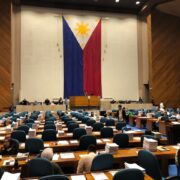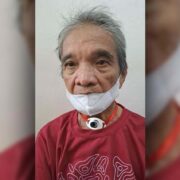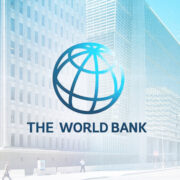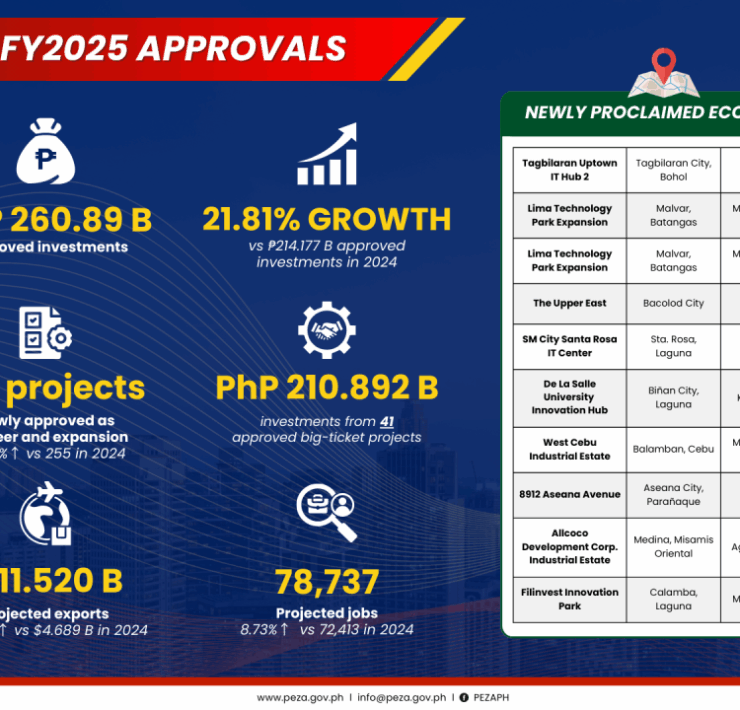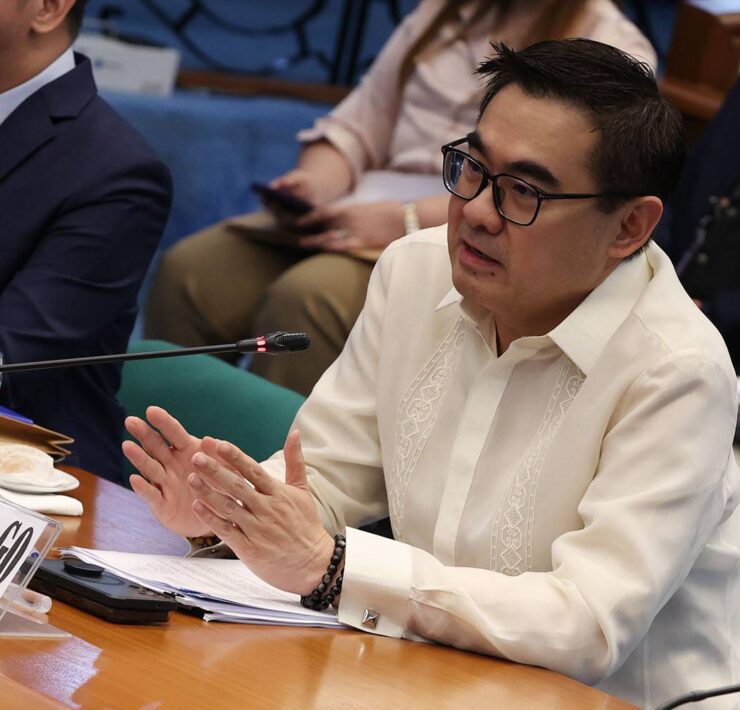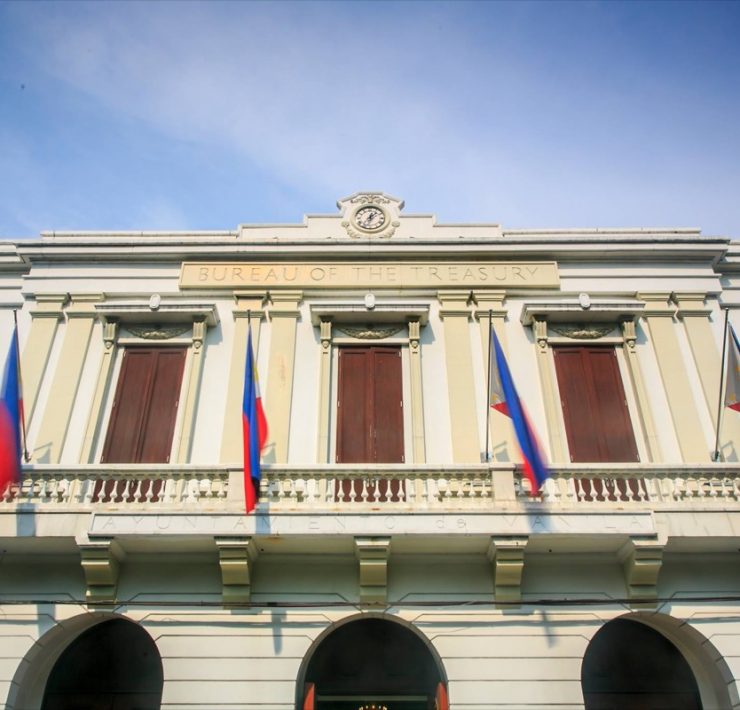PH posted smaller dollar surplus in September 2025
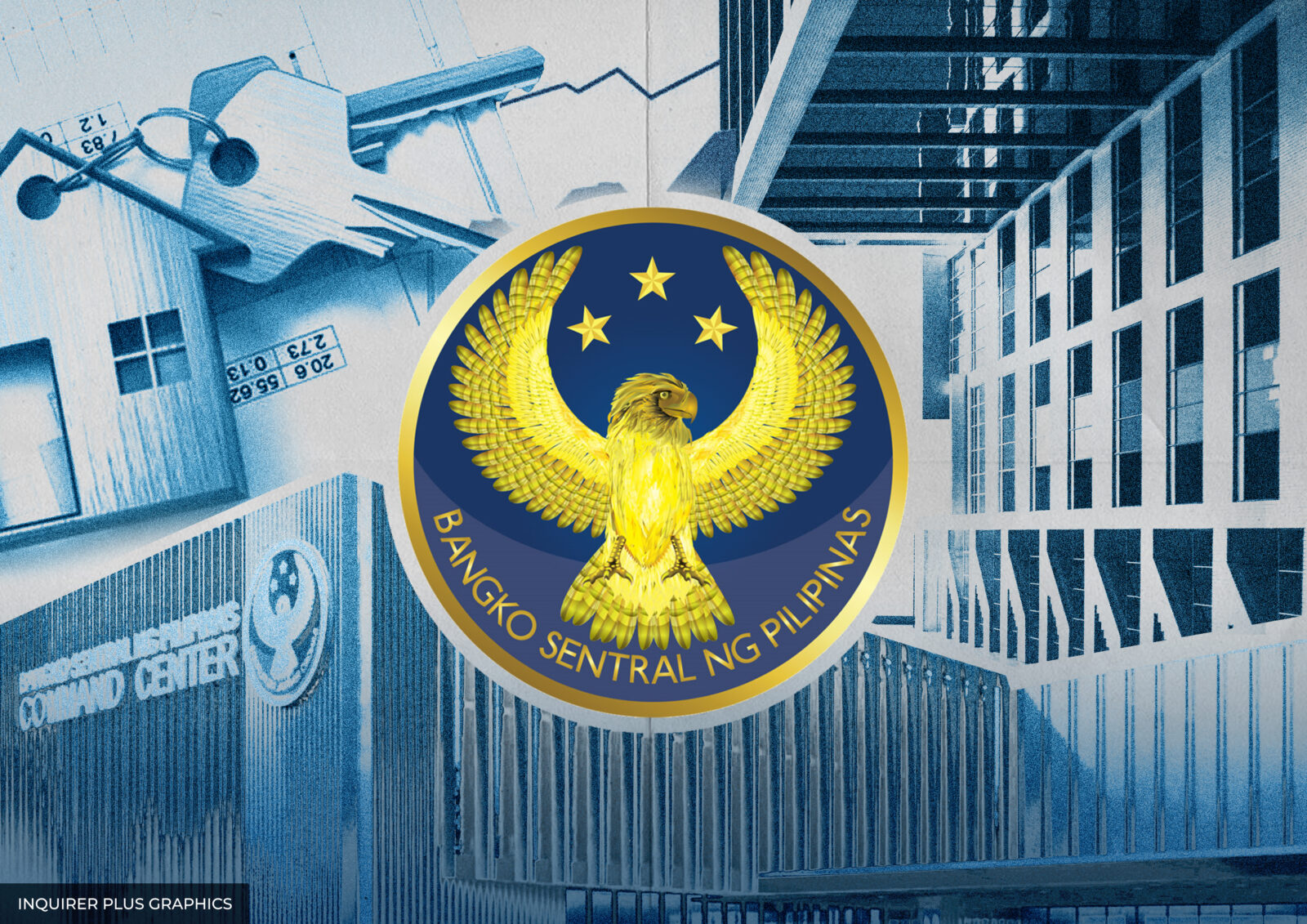
The Philippines posted a smaller dollar surplus in September as a wide trade deficit continued to drive outflows, which was offset by the steady stream of funds from other sources like remittances and investments.
Latest data from the Bangko Sentral ng Pilipinas (BSP) showed the country’s balance of payments (BOP) position swung to a surplus of $82 million, significantly lower than August’s windfall of $359 million.
The BOP, which tracks all foreign exchange inflows and outflows, has been mostly negative this year. That said, September still marked one of the months when dollar inflows outpaced outflows.
“The BOP surplus reflected the Bangko Sentral’s net income from its investments abroad and the national government’s net foreign currency deposits with the BSP,” the central bank said.
Robert Dan Roces, chief economist at SM Investments, said the dollar outflows from the country’s large import bill resulted in a smaller BOP surplus during the month.
“The smaller BOP surplus reflects fewer one-off inflows and a still-wide trade gap, but the external position remains manageable with steady remittances, strong services exports and solid reserves,” Roces said.
“As global rates ease and regional demand recovers, investment inflows may return and support liquidity and credit conditions, which should help firms with deep local roots and diverse sources of growth,” he added.
Even so, BSP data showed the windfall in September helped trim the nine-month BOP deficit to $5.32 billion, still below the $6.9 billion shortfall projected by the central bank for 2025.
The year-to-date BOP had stayed in deficit largely due to the country’s continued trade imbalance, the BSP explained. State statisticians have yet to release September trade figures, but data through August showed a gap of $32.4 billion—down 5.5 percent from a year earlier.
The central bank said the drag from a wide trade shortfall was partly offset by remittances from overseas workers and foreign borrowings by the national government. It also cited steady inflows from foreign direct investments, portfolio funds in the local capital market and earnings from the business process outsourcing sector.
The BOP surplus last month, in turn, shored up the country’s external defenses. The central bank said gross international reserves (GIR) climbed to $109.1 billion at the end of the month, from $107.1 billion in August.
These reserves—made up of foreign securities, currencies and gold—serve as a critical buffer. They allow the Philippines to cover imports and service foreign debt, while helping steady the peso and cushion the economy against external shocks.




